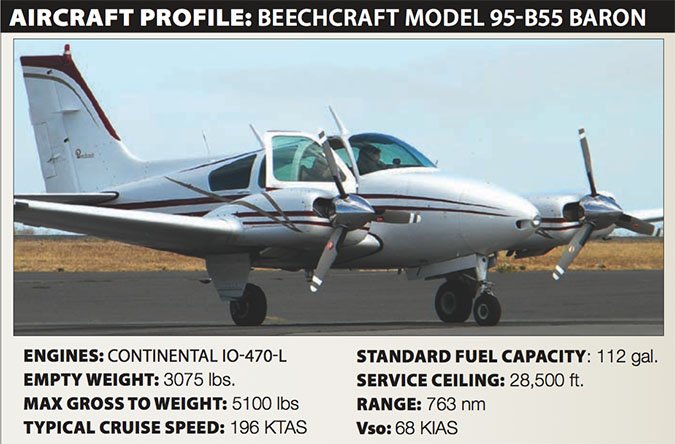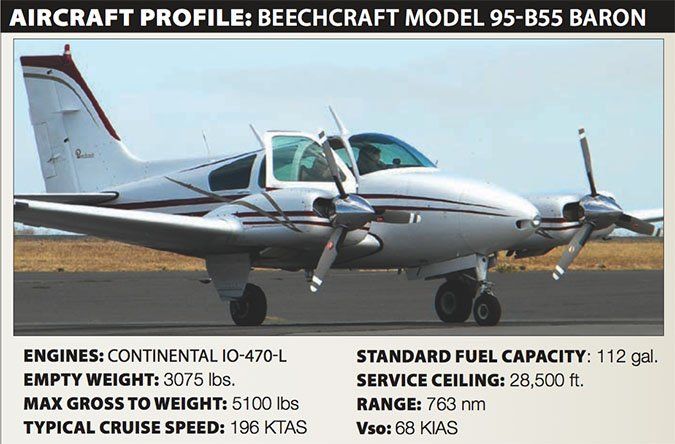The relatively inexpensive and ubiquitous availability of in-cockpit Nexrad weather radar has helped minimize the risk of using personal airplanes compared to, say, 30 years ago. But risk and aviation seem to be a zero-sum game, since one result of this technology is that we’re more likely to get up close and personal with cumulus clouds in all stages of thunderstorm development than ever before. That’s not a good thing, but it is real. Along the way, most of us haven’t taken to heart the technology’s inherent limitations for our purposes, like latency.
No matter which service provides the data or how you display it, in-cockpit Nexrad is not all-seeing or all-powerful. It doesn’t tell us where turbulence is, for example, or lightning, both of which we can encounter in severe VFR miles from a thunderstorm’s cloud structure. Something else Nexrad isn’t able to tell us about is developing storms, those that can create some enthusiastic bumps but are invisible to Nexrad because there’s not enough water in them to reflect back the radar energy.
If you’ve flown in summer weather, you know the type of cloud: White and puffy, it doesn’t appear to have much vertical development when we first see it. As we get closer, though, it seems to grow. If we’re smart, we alter course 20 degrees to one side and scoot around it. That’s because we know from training and experience that vertical development is much more important than rain or a dark-looking cloud, at least when it comes to a smooth ride.
But if we put our faith in the technology in and around our iPad, which isn’t showing anything off our nose, we might drive right on through it. As we’re about to see, that could be a major mistake.
Background
On May 18, 2015, at 1238 Eastern time, a Beechcraft Model 95-B55 (T42A) Baron was destroyed during a collision with terrain near Saltville, Va. The commercial pilot and passenger were fatally injured. The airplane had departed Daytona Beach, Fla., at about 0920, with Mansfield, Ohio, as its destination. Instrument conditions prevailed and an IFR flight plan was in effect.
At 1220, the airplane was cruising at 9000 feet msl when the Tri-Cities approach control advised of scattered weather areas about 40 miles ahead. The controller then approved deviations left and right of course as necessary. At 1232, the Baron was handed off to the Indianapolis Air Route Traffic Control Center (ZID). The pilot acknowledged the frequency change but never checked in with ZID. There were no further radio communications. Radar data depicted an easterly deviation off course, along with a gradual descent, before the radar target disappeared.

Investigation
The wreckage was discovered in heavily wooded, mountainous terrain the next day. All major components were accounted for at the accident site. The airplane hit hard, digging a “deep ground scar” near a mountain peak. Control continuity could not be established due to extensive impact damage.
All propeller blades exhibited similar twisting, bending, leading-edge gouging and chordwise scratching, indicating they were under power at the time of impact. The engines were severely damaged, with their cylinders separated and scattered around the crash site. No pre-impact malfunction of the engines could be found.
At 1235, weather recorded eight nautical miles north of the accident site included scattered layers at 2900 feet and 3600 feet, with a broken ceiling at 8000 feet. Visibility was 10 miles; wind was from 210 degrees at five knots.
Before the flight, the accident pilot received two official weather briefings from DUATS and one briefing via his electronic flight bag (EFB) app. The area forecast for points north of the North Carolina border advertised scattered to broken clouds at around 5000 feet msl, with scattered rain shower and thunderstorm activity as early as 1500 in southwestern Virginia. At 1248, 10 minutes after the accident, a significant meteorological information (Sigmet) statement for thunderstorms was issued for the area surrounding the accident site.
The NTSB’s staff conducted a weather study of available forecast information along with actual observed weather. The study discussed the flight’s forecast weather and the actual weather encountered. It also compared observed Nexrad weather radar data with in-cockpit Nexrad weather radar, whether obtained via the FAA’s FIS-B Nexrad service or XM Weather composite radar data, which the accident airplane was equipped to receive.
The study included the weather radar images available before and at the time of the accident. The study concluded it was likely the accident airplane flew into a developing rain shower and updraft around the accident time.
Probable Cause
The NTSB determined the probable cause(s) of this accident to include: “The pilot’s flight into developing rain showers and updrafts, which resulted in a loss of airplane control and collision with terrain. Contributing to the accident were the pilot’s continued flight into forecast adverse weather conditions, and his reliance on weather technologies with known limitations and processing delays.”
According to the NTSB’s Safety Alert SA-011, Thunderstorm Encounters, originally issued in October 2006 and revised in December 2015, “Approach control radar systems provide near-real-time weather depiction. En route centers receive weather radar information from National Weather Service NEXRAD sites that refresh the color precipitation data on ATC displays every 4 to 5 minutes. Be aware that en route weather displays may be a few minutes behind the storm and allow extra distance from reported intense precipitation, especially in front of fast-moving convective activity. Also be aware that cockpit NEXRAD data can be 15 to 20 minutes older than indicated on the cockpit display.”
The Safety Alert continued: “ATC radar systems depict only precipitation. Controllers cannot use radar to warn of turbulence, icing, freezing rain, or other hazards to flight. However, the presence of substantial precipitation implies the existence of thunderstorm hazards such as severe turbulence and hail.”




